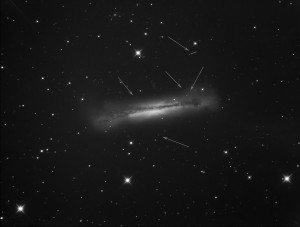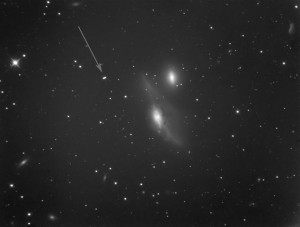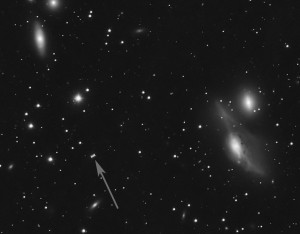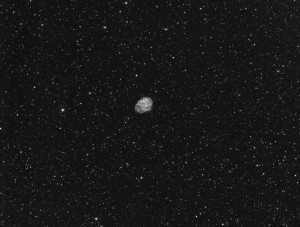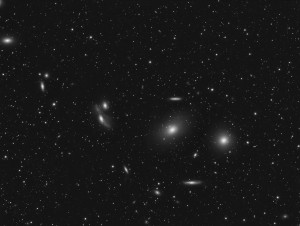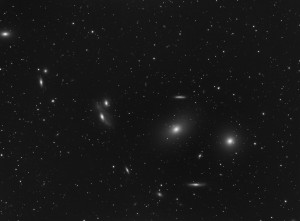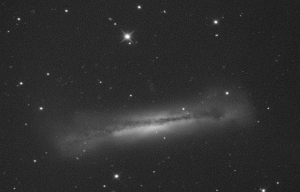Phase 3 – Initial Test with the AT10RC
Since things went well on the testing with the 110 testing, I moved ahead with testing the AT10RC, windy conditions be damned. Initial efforts were hampered in two ways. The first issue was a collimation problem with the after-market Moonlight focuser that I have installed on the scope. For some reason, it’s collimation is substantially off. Since I purchased the Moonlight focuser second-hand on the Mart, I can’t fault Moonlight for this problem, but through several tests, I was able to confirm that it was the focuser, itself.
(Note… this focuser is on its way to Moonlight for diagnosis)
In the interest of forging ahead with testing, I collimated the best I could, but the collimation was not satisfactory.
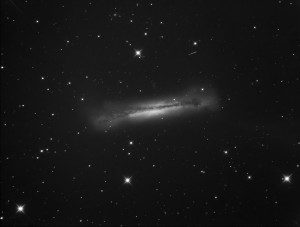
The second issue was only discovered on the spot when I couldn’t reach focus with a Telecompressor in my train… the Astro-Physics 27TVPH. I had all my adapters lined up, including a custom part from Precise Parts, but the overall assembly was a bit too long to come to focus. Of course, all of this messing around caused my camera orientation to change often and render previous efforts at telescope collimation moot. I will follow up more with this focal reduction and Moonlight focuser effort in a later blog.
In any event, I decided to plow ahead with marginal collimation and at the native focal length of 2000mm. The result is the first image in this article. It is a stack of 6 10-minute sub frames. The camera is my SBIG setup shot at 1×1 binning (somewhere around .6 arcsec/pixel). Despite the poor collimation, and the lack of flats to calibrate these frames, I am very encouraged by potential of this setup.
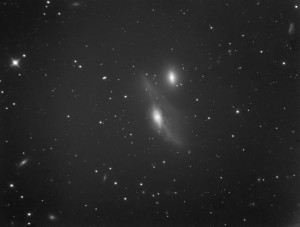
I also grabbed a few frames of NGC 4438 in Markarian’s chain at 2×2 binning. I only was able to grab 4 10-minute frames before morning twighlight.
There is still some work to do with the AT10RC besides addressing the focuser collimation and getting the reducer to work. I also need to refine guiding parameters, and may need to adjust the OAG pickoff mirror a bit more into the light path. But for a first test run, I am pleased.
Phase IV – Fun Stuff
Just for the fun of it, I am re-posting the images from this page… both images have arrows indicating asteroids that were captured. The first shows a bright asteroid, 1133 Lugduna as well as several other fainter trails. The second image shows Princetonia again, having moved closer to the subject galaxy from the capture in the previous blog post from the night before. Hopefully this asteroid stuff will become old hat, but it is pretty fun right now.
Note that you can see an animation of the image containing 5 asteroids here.
